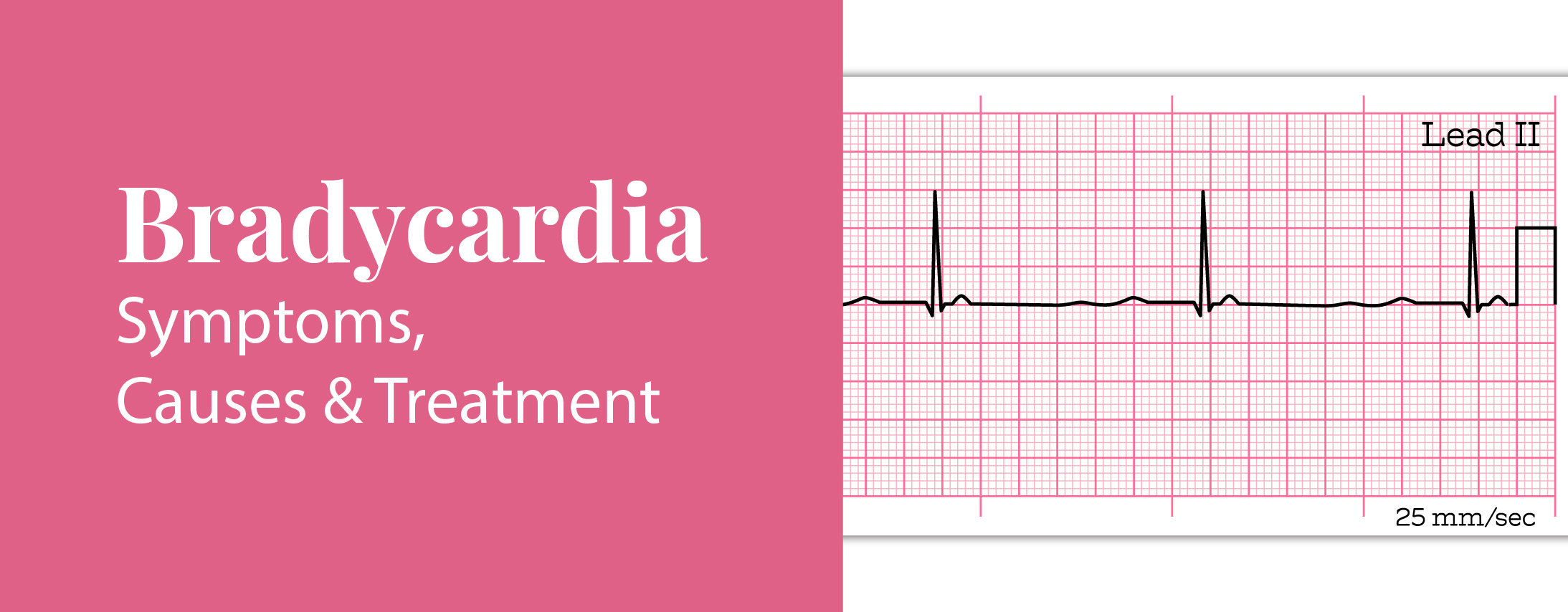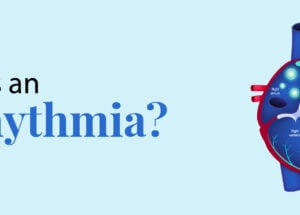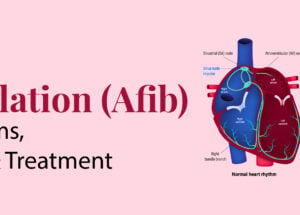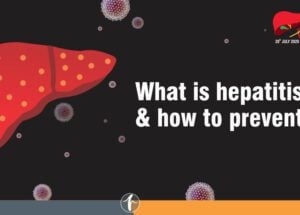Bradycardia: Symptoms, Causes and Treatment
May 2, 2025

Bradycardia: Symptoms, Causes, and Treatment
The average heart beats 60–100 times per minute. Bradycardia, on the other hand, is a condition in which the heart beats slower than normal. A slow heart rate can occasionally indicate an underlying medical condition, although it is usually not cause for concern.
Bradycardia occurs when the heart beats at a rate slower than 60 bpm. Sluggish heart rate can be normal and even a sign of good health for some people, such as athletes. Others, however, may have problems if their heart cannot pump enough blood to meet their body’s needs. This could cause fatigue, lightheadedness, and other health issues.
Symptoms of Bradycardia
Not everyone with bradycardia experiences symptoms. However, when the heart beats too slowly, it can cause various problems, including:
- Dizziness or lightheadedness – Due to reduced blood flow to the brain.
- Fatigue – A slower heart rate may not supply enough oxygen-rich blood to the body, making you feel tired.
- Shortness of breath – Especially during physical activity.
- Chest pain – This can occur if the heart is struggling to pump blood properly.
- Confusion or memory problems – The brain may not get enough oxygen, affecting concentration and memory.
- Fainting (syncope) or near fainting – A very slow heart rate can sometimes cause a person to lose consciousness.
- Weakness – Lack of proper blood circulation can make you feel weak.
If you experience these symptoms frequently, it is important to consult a doctor to determine the cause.
Causes of Bradycardia
Several factors can cause the heart to beat too slowly. Some of the common causes include:
1. Aging- As people get older, changes in the heart’s electrical system can lead to a slower heart rate.
2. Heart Conditions- Diseases affecting the heart, such as heart attack, heart failure, or infections, can interfere with the heart’s electrical signals, leading to bradycardia.
3. Problems with the Electrical System of the Heart- The heart has a natural pacemaker (called the sinoatrial node) that controls the heart rate. If there is an issue with this system, it can cause the heart to beat too slowly.
4. Low Thyroid Hormone (Hypothyroidism)- The thyroid gland helps control the heart rate. When it produces too little hormone, it can slow down the heart.
5. Electrolyte Imbalances- Minerals such as potassium, calcium, and sodium help regulate heart function. An imbalance in these electrolytes can affect the heart rate.
6. Certain Medical Conditions- Some conditions, like sleep apnea or inflammatory diseases, can affect the heart’s electrical signals.
7. Heart Surgery or Injury- Surgery or damage to the heart tissue can disrupt the heart’s ability to regulate its beat.
8. Certain Lifestyle Factors- Poor diet, excessive alcohol consumption, and smoking can contribute to heart problems, including bradycardia.
Diagnosis of Bradycardia
To diagnose bradycardia, a doctor may use several tests, including:
- Electrocardiogram (ECG or EKG) – This test measures the electrical activity of the heart and helps determine the heart rate.
- Holter Monitor – A portable device that records heart activity over a day or more.
- Event Monitor – Similar to a Holter monitor, but used for longer periods to detect occasional heart rate problems.
- Blood Tests – To check for conditions like thyroid problems or electrolyte imbalances.
- Echocardiogram – An ultrasound of the heart to look at its structure and function.
Treatment of Bradycardia
The cause and severity of bradycardia dictate the course of treatment. Sometimes there is no need for treatment, especially if there are no symptoms associated with a slow heart rate. However, if bradycardia is interfering with your daily activities, doctors may suggest specialized methods, such as:
-
Lifestyle Changes
-
- Eating a heart-healthy diet.
- Staying physically active.
- Avoiding excessive alcohol and tobacco use.
- Managing stress effectively
-
Treating Underlying Conditions
If bradycardia is caused by a health condition like thyroid disease or an electrolyte imbalance, treating that condition can help restore a normal heart rate.
-
Medical Procedures
If bradycardia is due to an issue with the heart’s electrical system and is causing significant symptoms, doctors may recommend procedures to regulate the heart rate.
Conclusion
Bradycardia is a condition in which the heart beats slower than normal. Even if it isn’t normally hazardous, it can indicate a medical problem that needs to be handled. If you have symptoms such as tiredness, fainting, or dizziness, see your doctor. Many people with bradycardia can live busy, healthy lives if they are properly diagnosed and treated. A healthy lifestyle is the most effective way to maintain a strong and regular heart rate.
Frequently Asked Questions
1. Can Bradycardia Be Prevented?
While not all cases of bradycardia can be prevented, you can reduce your risk by taking care of your heart health. This includes:
- Regular exercise to keep the heart strong.
- Eating a balanced diet rich in fruits, vegetables, and whole grains.
- Managing blood pressure and cholesterol levels.
- Avoiding smoking and excessive alcohol consumption.
- Getting regular health checkups to monitor heart health.
2. When should I seek medical help?
If you notice symptoms like dizziness, fainting, or shortness of breath, it is important to see a doctor. In some cases, bradycardia may not be a serious problem, but in others, it can be a sign of an underlying issue that needs treatment.





